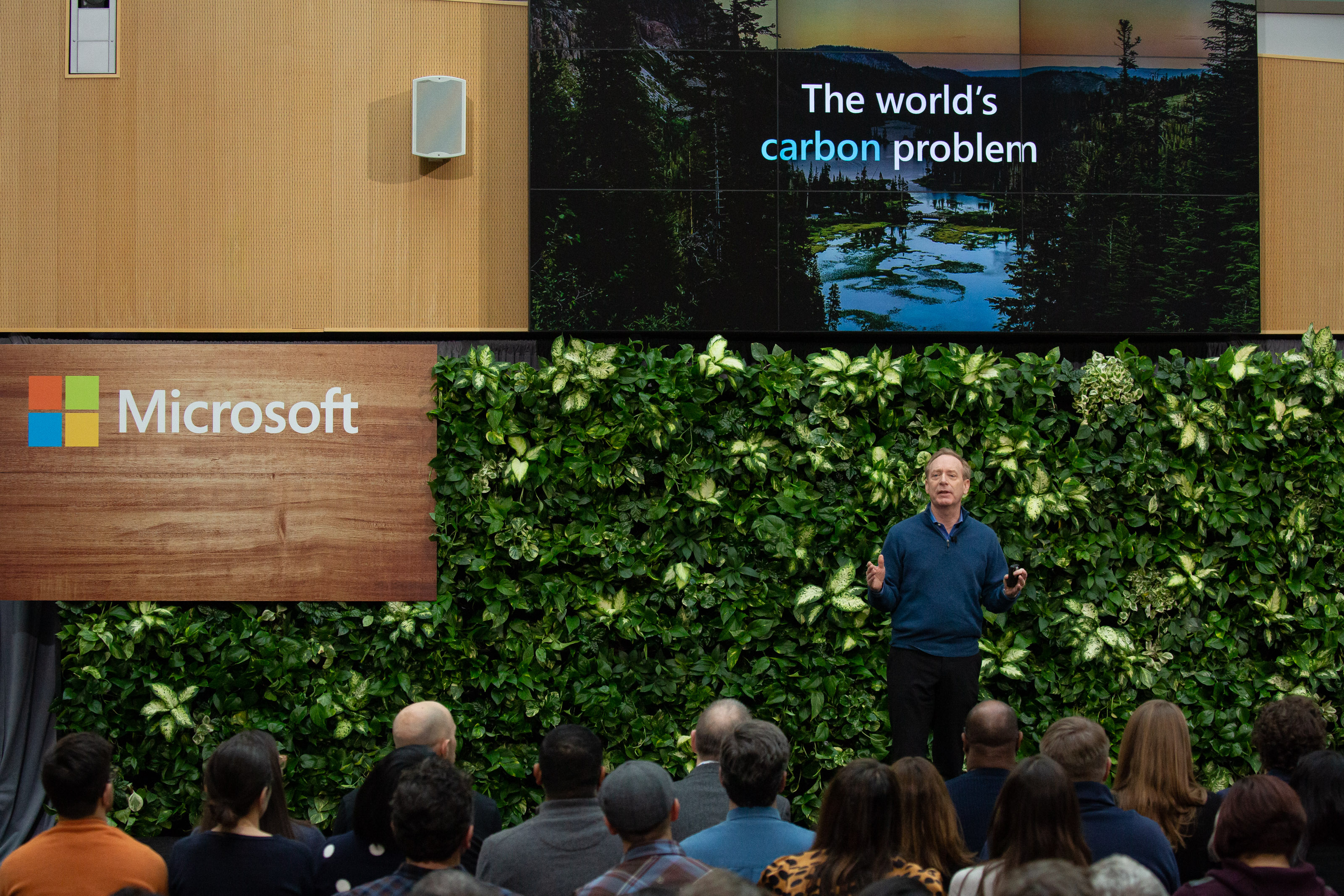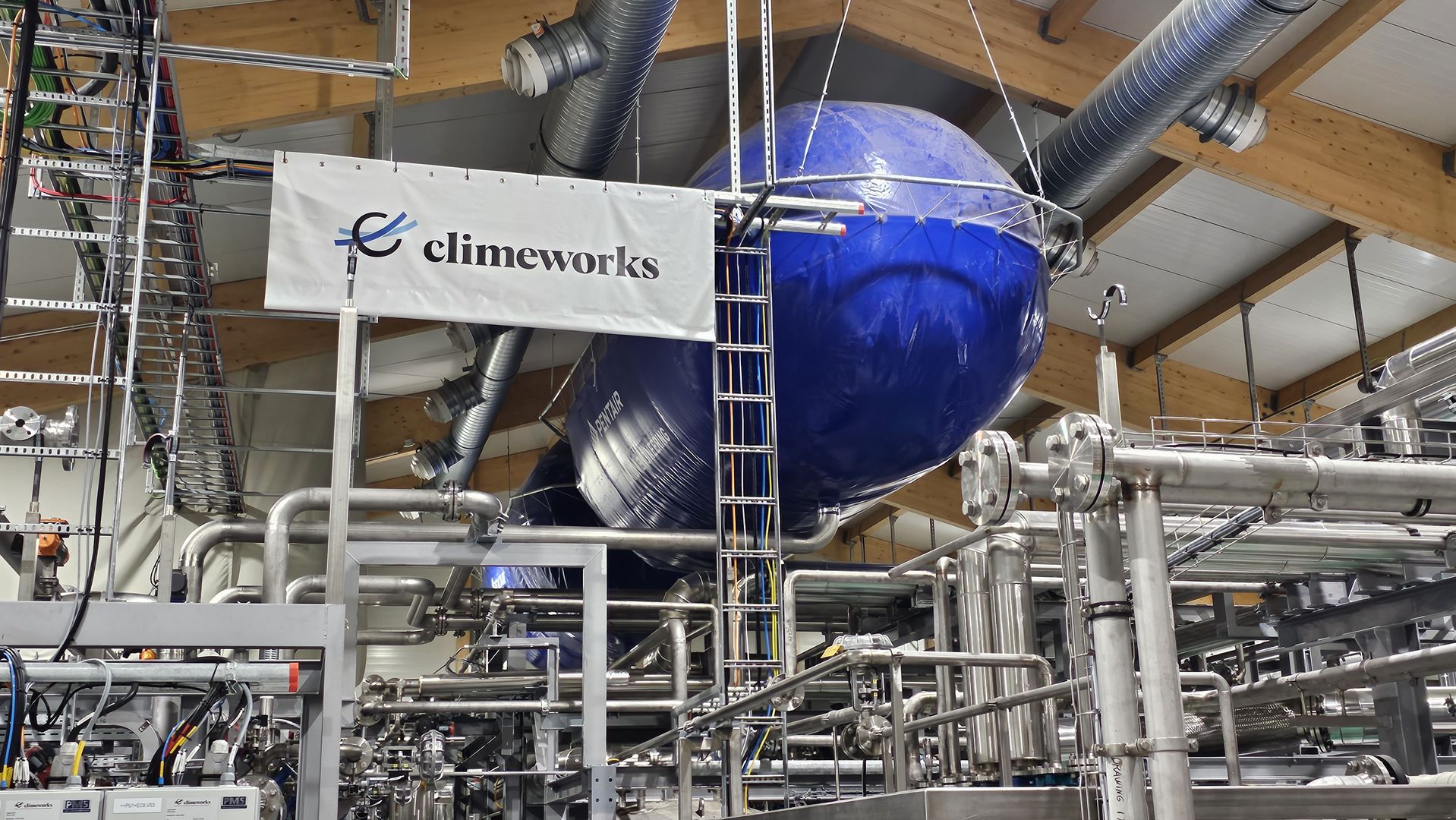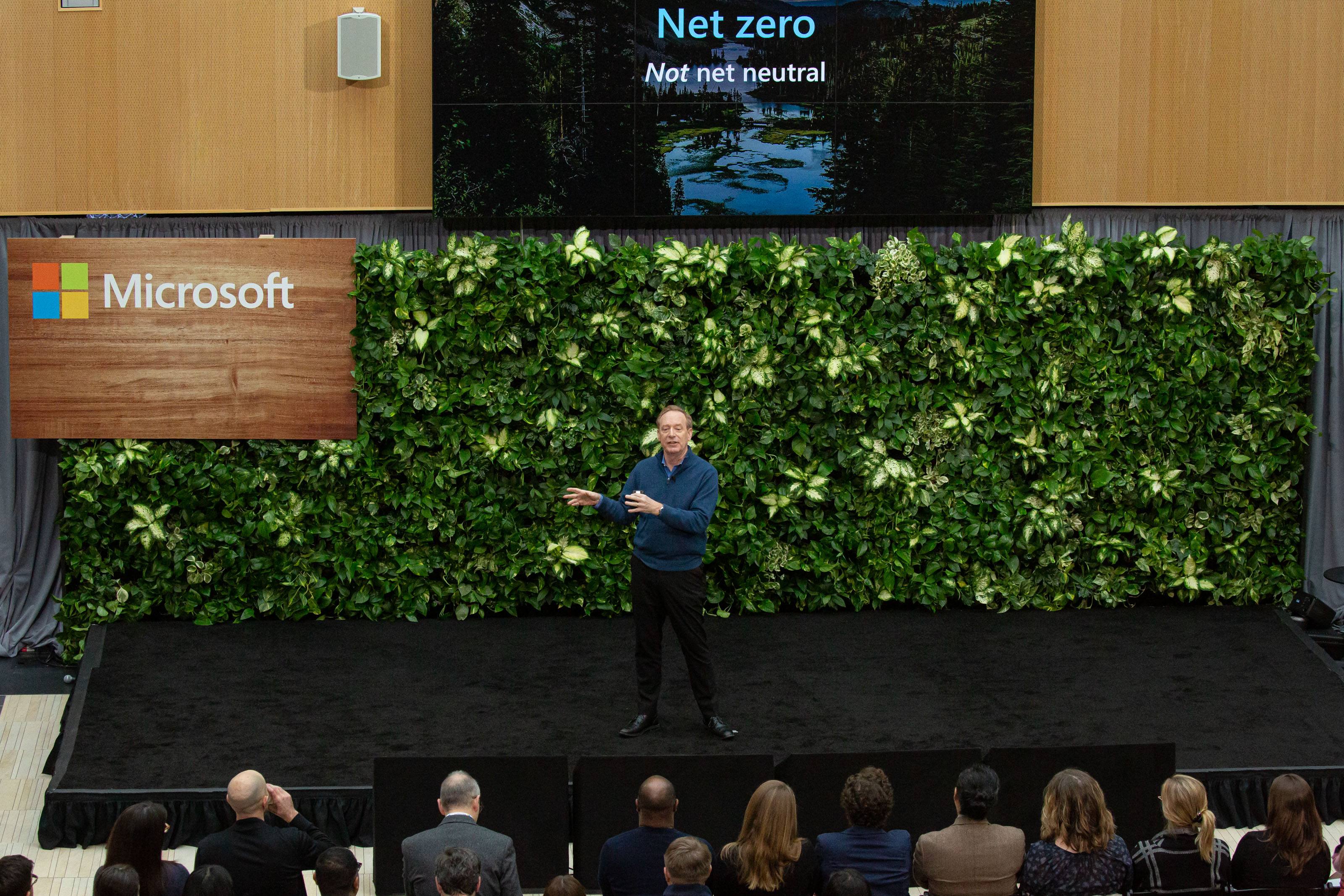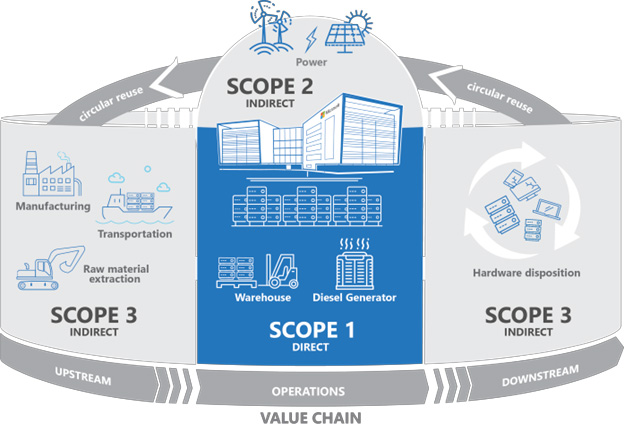Microsoft sees its carbon emissions soar on a 168% glut in AI energy demand, "we recognize that we must also bring more carbon-free electricity onto the grids."
Microsoft's pledge to go carbon neutral by 2030 has hit an AI-shaped snag, as the firm's hunger for cloud growth impacts emissions targets.

One thing I've always (perhaps naively) enjoyed about Microsoft is how transparent it is with its climatological responsibility. Microsoft is one of the few big mega corps to commit to going fully carbon negative, complete with a workable timeframe in mind.
By 2030, Microsoft has pledged to extract more carbon from the atmosphere than it puts in, eliminating not only present-day emissions, but also historical emissions as well.
As you may have heard, though, AI is a huge resource hog. Not only are its water demands extravagant for cooling purposes, but its requirements have skyrocketed. Microsoft's most recent Environmental Sustainability Report details how the firm has seen a 23.4% boost in carbon emissions owing to AI, atop a surging 168% increase in energy demand.
The bad news

Microsoft President Brad Smith, who has championed the company's green pledges, conceded that its 2030 pledges represent a "marathon, not a sprint."
"As we remain focused on sustained progress towards our 2030 goals, it has become clear that our journey towards being carbon negative is a marathon, not a sprint." Smith explains, "While our total emissions (Scope 1, 2, and 3) have increased by 23.4% compared to our 2020 baseline due to growth-related factors such as AI and cloud expansion, we are encouraged by the fact that this increase has been modest compared to the 168% increase in energy use and 71% revenue growth that has taken place over the same period."
For Microsoft to admit that its total emissions have grown, rather than shrank, at the half-way point since it introduced these pledges, isn't exactly a shining endorsement for the firm's green credentials. Microsoft and other big tech firms have begun exploring things like nuclear power to offset its energy demands, which produces little to no carbon directly. Obviously, that creates another environmental issue with regards to properly disposing of nuclear waste, but I digress.
Microsoft uses the standardized Greenhouse Gas Protocol to categorize its emissions. Scope 1 through 3 represent various types of emissions, which include direct and obvious things like building heading, all the way to less-obvious things like supply chain carbon use, third-party and customer emissions, and so on. How exactly scientifically accurate these "scopes" are has often been the subject of controversy. Critics say it's overly complex, and allows for firms to obscure the full dearth of their emissions for PR purposes — often referred to as "greenwashing."
All the latest news, reviews, and guides for Windows and Xbox diehards.
Part of Microsoft's efforts to become "carbon negative" revolves around things like purchasing green credits from companies like Climeworks, which are building huge plants that literally extract carbon from the air. Microsoft has also invested heavily in tree planting initiatives as well.
These "offsets" are often the source of controversy though, given that trees take years to actually produce tangible carbon storage benefits, and many of these projects reduce biodiversity. These "monoculture" green projects can actually damage the environment, rather than help it, and many projects aren't properly maintained. Yet, many companies factor in these "offsets" into their calculations, despite the fact they haven't actually yielded results. It's akin to borrowing from the future — using time that we potentially, as a species, don't actually have to spare.
Regardless, Microsoft says it is doubling down on targeting improvements to its Scope 3 emissions, which are incidental, often third-party emissions that incur as a result of the company's economic activities. Its Scope 3 emissions increased by 26% since its 2020 baseline in FY24, owing to growing emissions from its supply chain among other things.
The additional bad news here is that the Trump administration's recent U.S. legislation, known as the Big Beautiful Bill, rolls back tax credits for solar, wind, and renewable energy battery storage. That will make it exponentially harder to finance new renewable energy pledges at scale, at a time when we need it most.
The good(ish) news?

It could be seen as "good" news that despite a 168% increase in energy demand, Microsoft "only" saw a 23.4% in total carbon emissions — presuming the data is accurate. Microsoft is investing further in renewable energy sources in attempts to solve its demands.
Microsoft has contracted 19 GW of new renewable energy sources across 16 countries to power its data centers. Microsoft has also begun building its datacenters constructed from wood, instead of concrete — the production of which is a huge emitter. Microsoft has also developed new technologies for component cooling, in attempts to move further away from air-cooling to direct-to-chip liquid cooling designs.
Microsoft has purchased 22 million metric tons worth of carbon removal contracts in FY24, while also investing in renewable diesel for its shipping channels, which cut emissions by 50%. Microsoft has also partnered with airlines and shipping firms to boost sustainable fuel use, which the firm says have reduced emissions by over 17,000 metric tons alone.
Microsoft also says it has provided 1.5 million people with improved access to clean water and sanitation in areas where it operates, while also boosting water use efficiency at its own facilities. Microsoft says its zero water cooling solutions will reduce water use by 125,000 cubic meters annually, per facility.
"A marathon, not a sprint," says Microsoft

Microsoft is, of course, only one company. So far, humanity has utterly failed to take greenhouse gas emissions seriously, as 2025 once again sets new records for temperature spikes and oceanic heat levels.
Despite huge renewable energy projects in the biggest emitters (namely the United States, Europe, China, and India), the demand for growth and convenience has far outpaced the growth of renewable energy. Global carbon emissions hit 40.8 billion metric tons in 2024 — a record high. 2024 was the hottest year ever recorded, and 2025 looks set to beat that too.
Microsoft and other big tech companies had previously taken a leadership role when it comes to climatological responsibility, but as usual, the quarterly expectations of shareholders will always beat out social concerns. The race to become the AI company has Microsoft and other companies lining up to sideline its climate pledges to pursue shareholder returns above all.
It's nice to see Microsoft at least pretend to make an effort here, but it's pretty clear where Microsoft's priorities lie.

Jez Corden is the Executive Editor at Windows Central, focusing primarily on all things Xbox and gaming. Jez is known for breaking exclusive news and analysis as relates to the Microsoft ecosystem while being powered by tea. Follow on Twitter (X) and tune in to the XB2 Podcast, all about, you guessed it, Xbox!
You must confirm your public display name before commenting
Please logout and then login again, you will then be prompted to enter your display name.

